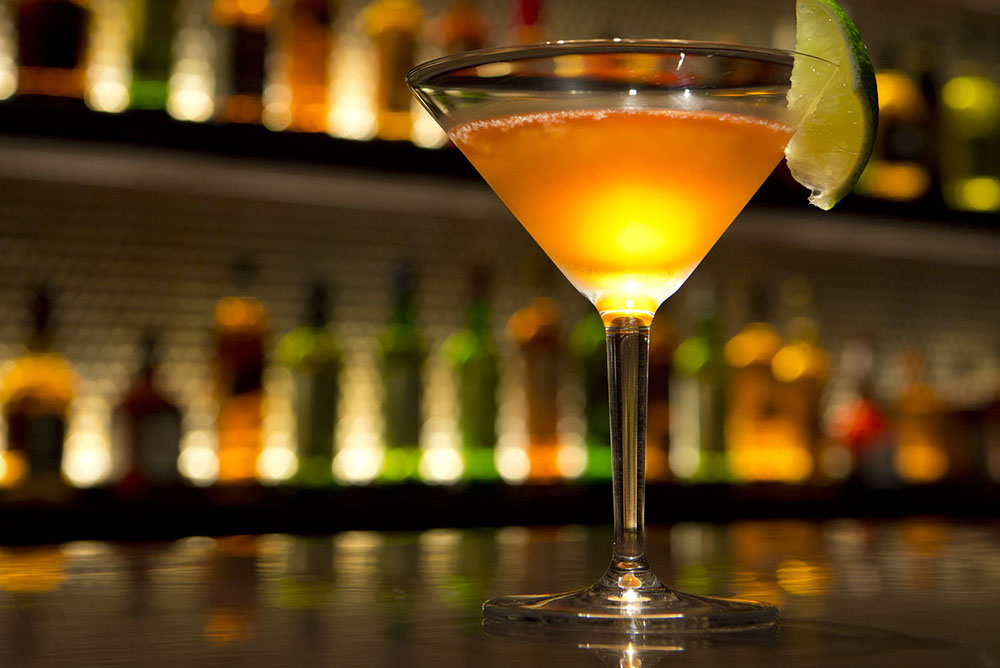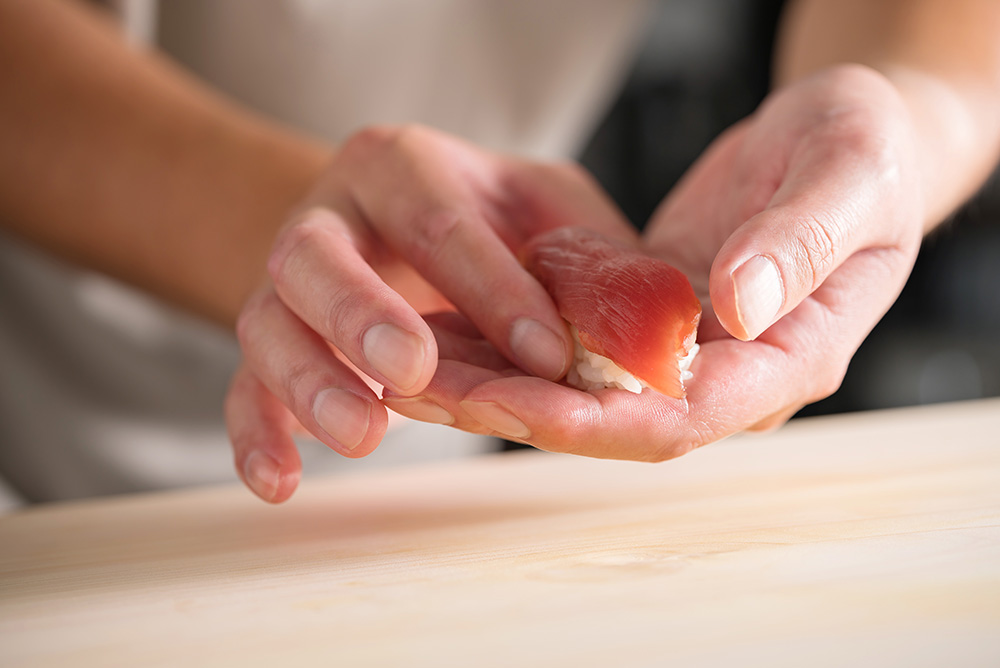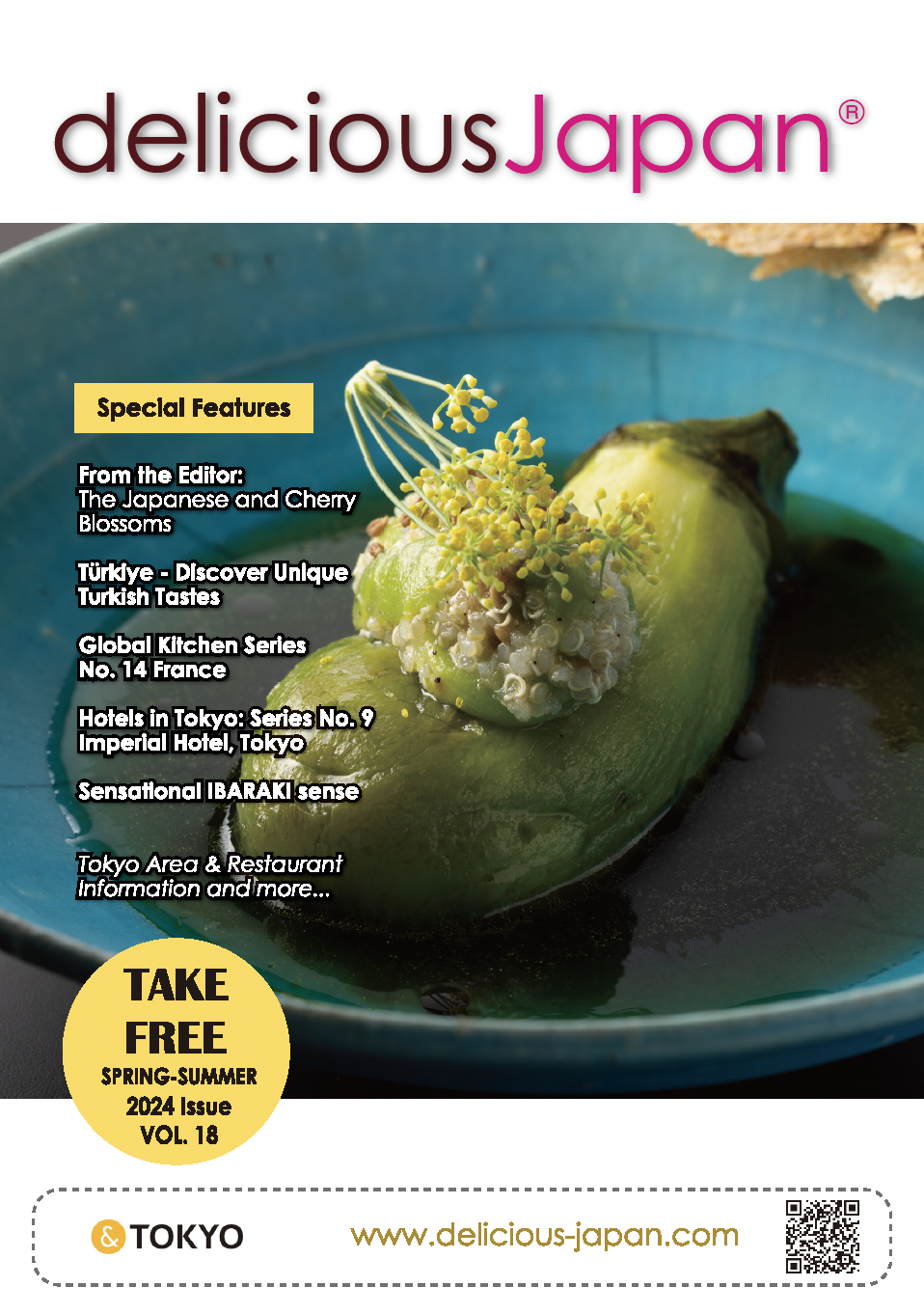
Izakaya & Ramen -Favorite Dining Experiences of the Ordinary Japanese-
Izakaya is a kind of bar / restaurant that serves drinks together with a diverse menu of dishes, ranging from simple to elaborate. Many izakaya have special techniques and features, like fish tanks for keeping live fish, counters where you can sit and watch the food being prepared, or special presentation methods like serving dishes on big rice spoons.
The origin of izakaya dates back to the start of the 8th century, when they appear in anecdotes and songs in the Kojiki (A Record of Ancient Matters). They developed in earnest in the Edo era (1603~1868). Liquor shops that sold measures of alcoholic drinks changed to allow drinking on the premises, and eventually started serving simple snacks. The act of drinking on the premises was called “izake”, which means literally “drinking while remaining”, so a liquor shop (sakaya) providing that service came to be called an “izakaya”. Some such establishments remain, in the form of standup drinking counters connected to liquor stores, which serve as social centers for local people.
Up until the 1970s, the image of izakaya was a place where male company employees would go in groups of two or three, to drink nihonshu (sake) together. A red paper lantern would hang in front, to mark the presence of an izakaya even from a distance. In recent years, izakaya have diversified their drinks and dishes to gain popularity with women as well, and many incorporate interesting ideas into their decor. They are now established as accessible places for anyone to eat. From the early 1980s, many izakaya became chain operations, diversifying their customer segments and becoming accessible and inexpensive places for students, company employees, and friends to eat and drink together.
The standard menu items for an izakaya are oden (various items stewed in broth), yakitori (chicken grilled on skewers), hiyayakko (cold tofu with toppings), edamame (soybeans in their pods), sashimi (slices of raw fish), karaage (chicken or other ingredients fried in batter), shiokara (salted fish guts), nikomi (stew), motsu/horumon (offal) dishes, gyusuji (beef tendon) dishes, dashimaki tamago (rolled egg), and the like. This lineup makes izakaya an excellent place to experience the great diversity of food and drink the ordinary Japanese people enjoy.
Ramen is another popular favorite. The roots of ramen go back to Chinese noodle cuisine. In the Meiji era (1868-1912) Chinese restaurants opened in the Chinatown districts that sprang up around the ports that had newly opened to the world, and they spread to districts all around the country in the Taisho era (1912-1926). Developing into unique forms adapted to Japanese style and taste, ramen is now so popular that it ranks alongside kare raisu (curry sauce on rice) as “the national food of Japan”. Ramen is served in specialist ramen shops, Chinese and other restaurants, street stalls, and other eateries.
Regional ramen booms are surging in many parts of the country, triggered by media reporting and other events. Ramen books are an established genre amid the finely-diversified categories of travel guidebooks. Other than tourist areas, there are districts in Tokyo and other metropolitan areas where there is intense competition between ramen shops in various genres, and many people take these guidebooks along as they walk around sampling the ramen options.
Ramen is a dish in which one can taste the harmony between three elements, the noodles, the soup, and the toppings. Noodle thickness diversifies into thin, semi-thin, semi-thick, and thick. The ramen broth is called “soup” in Japanese as well. In general, sauce placed in a noodle bowl is mixed with dashi stock to make the soup. The soup is the key element that determines the flavor of the ramen, and most ramen shops devote considerable effort and ingenuity to making their own soup. That is why the sauce and the stock are prepared separately. Most soups are based on tonkotsu (pork bones), miso (fermented bean paste), shoyu (soy sauce), or shio (salt). The noodles are also accompanied by diverse toppings. The standard items are char siu pork, negi (green onion), ni tamago (boiled egg), and menma (bamboo shoot), but individual shops are developing a stream of innovative offerings, which help to spur the popularity of ramen.





